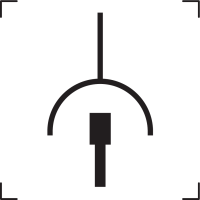I've been working with electrical schematics for quite some time, but I recently stumbled upon symbols representing loads that I'm not familiar with. Are these new additions or have they been around, and I've somehow missed them? Any insights would be greatly appreciated. Thanks!



